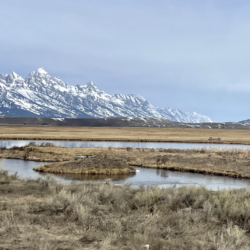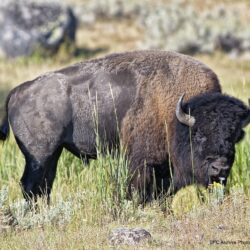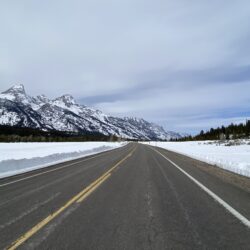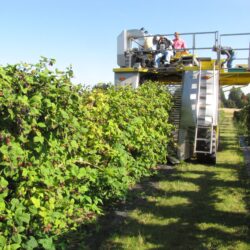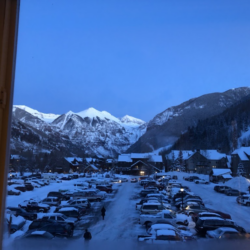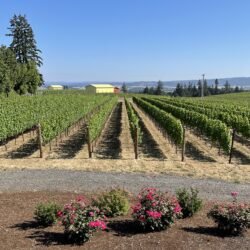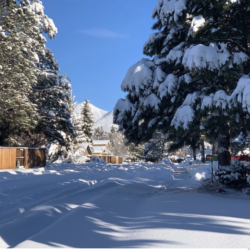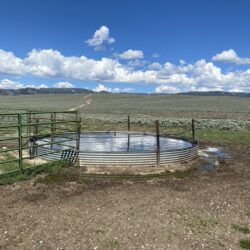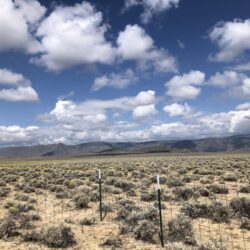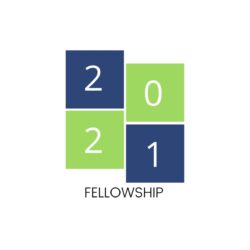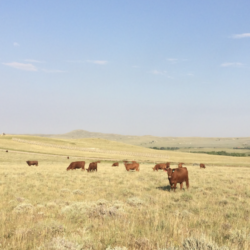Elevating Native Led Bison Restoration Stories on the Great Plains
Ross is partnering with Tanka Fund, a Native led non-profit on the Pine Ridge Indian Reservation in South Dakota. Tanka Fund’s mission is to return bison to native land, lives, and economies across North America. Ross is providing support to the Tanka Fund through the creation of a promotional storytelling campaign that highlighs Indigenous bison Read more about Elevating Native Led Bison Restoration Stories on the Great Plains[…]


